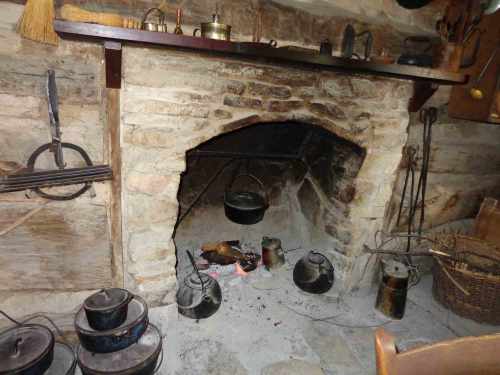Any visit to the Capitol should include a trip to the top of the 362-foot central tower, to get a view out over the city itself and, sprawling into the distance, the plains that surround the city and define the region–the rich, flat land known as the Great Plains, which contributed so much to making the Midwest the splendid crop region that it is.
As noted in an earlier post (Midwest Classic, Nov. 24, 2014), train tracks and grain elevators mark towns in the Midwest, and the size and number of grain elevators are indicators of both the size of a town and the size of the region it serves. The grain elevators in Lincoln are large and numerous–and easily visible from the tower.
More history, more images, bios of the artist and architect, and information if you want to visit can all be found at the Nebraska State Capital website: http://capitol.nebraska.gov/index.php/building














